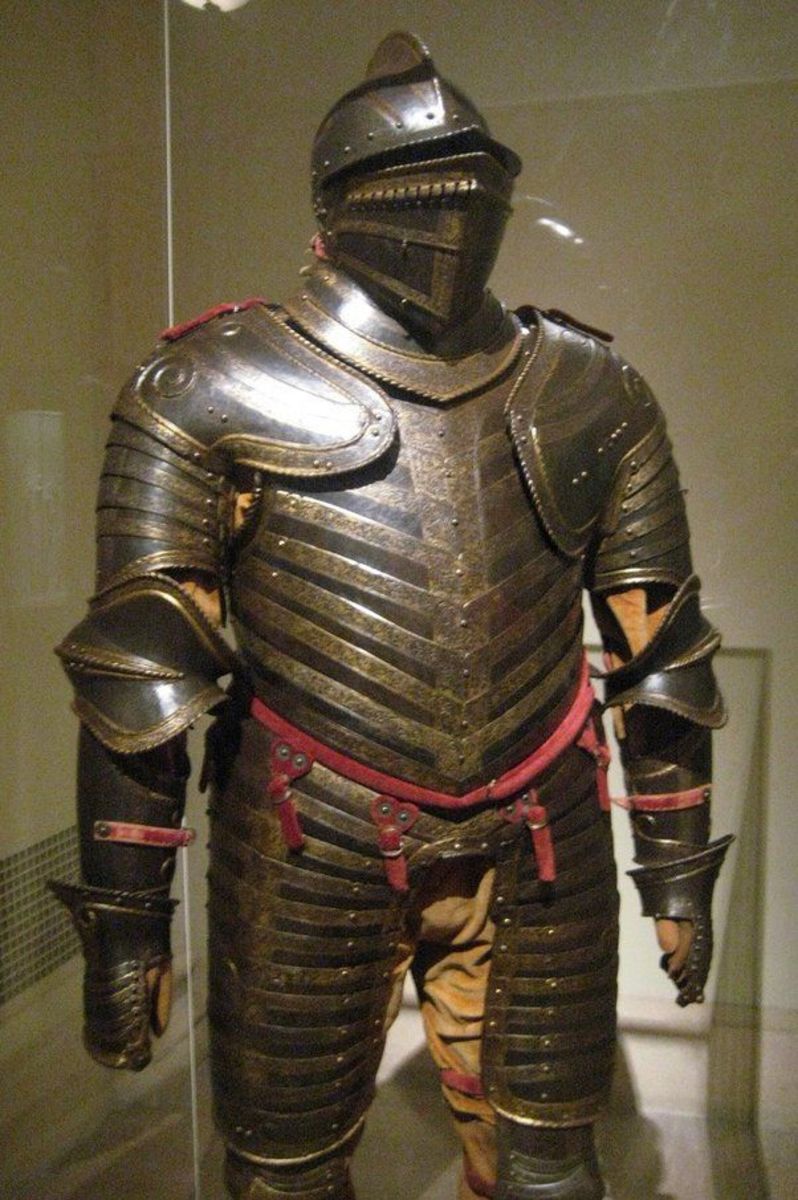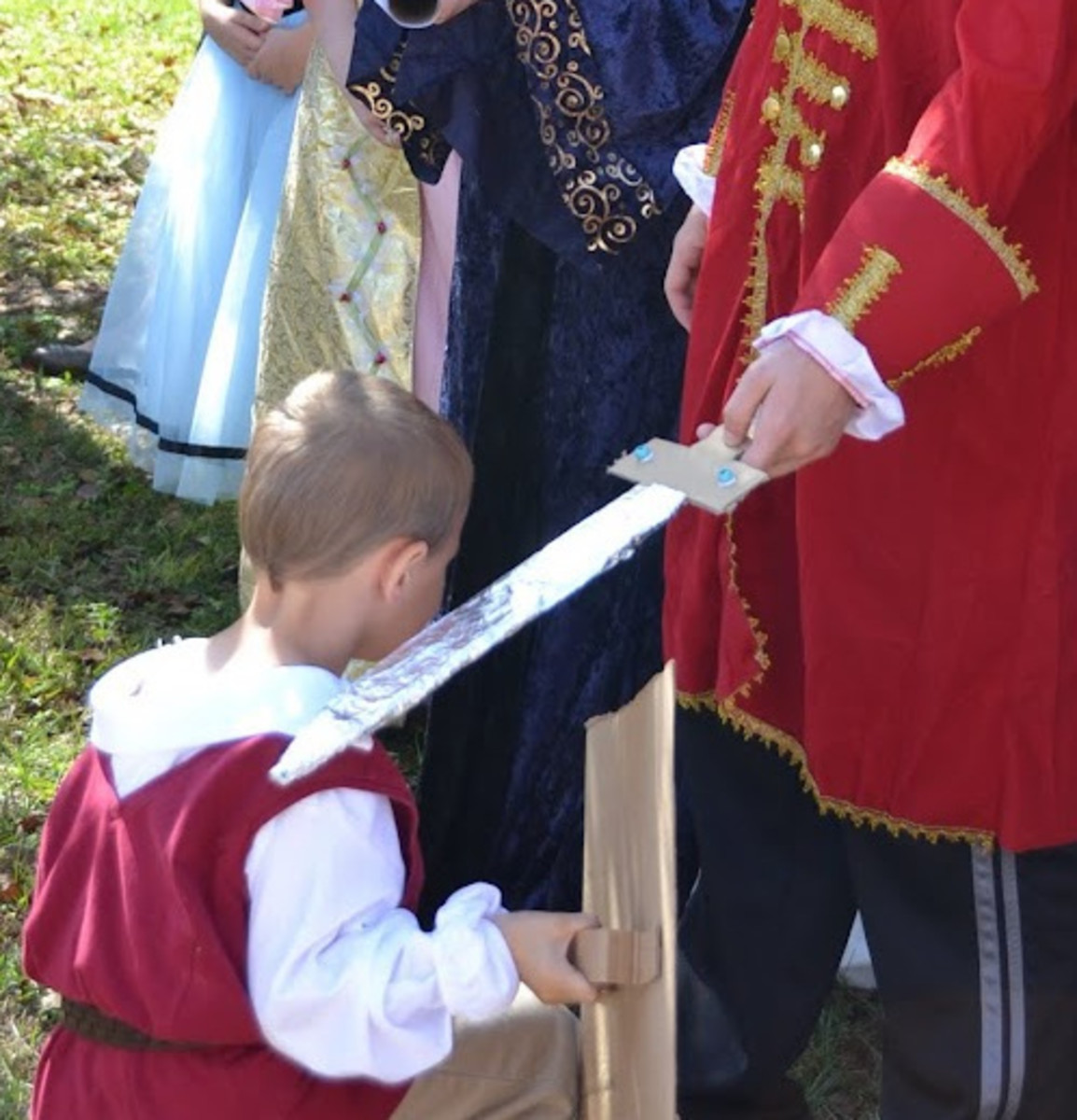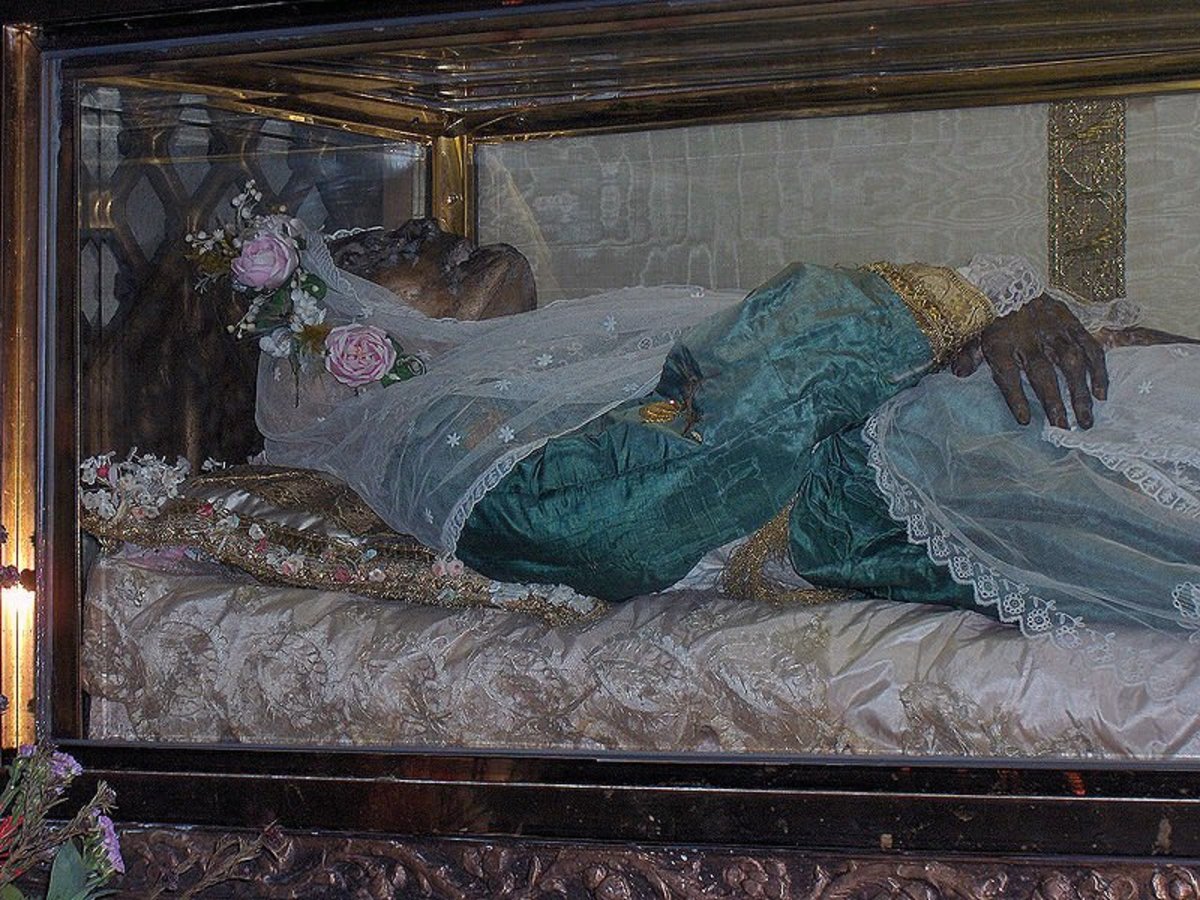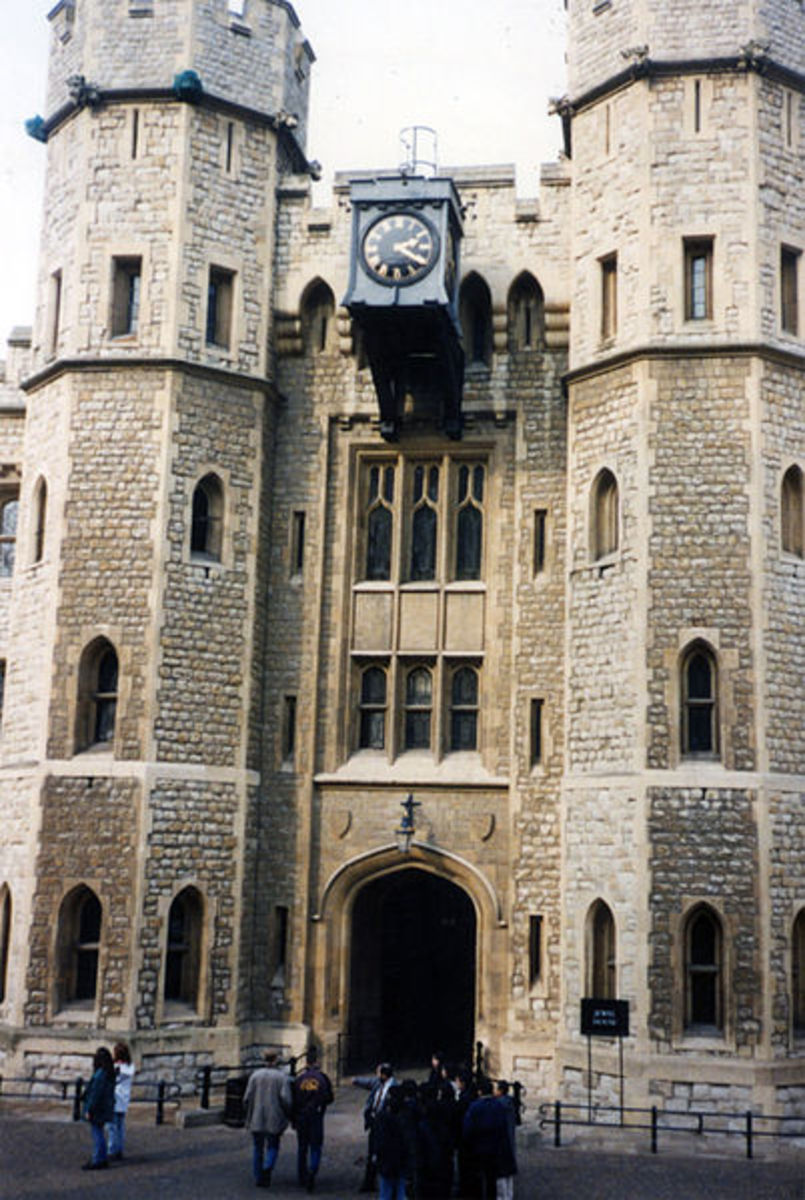An Informative Guide To Jousting
White Knight Jousting Black Knight
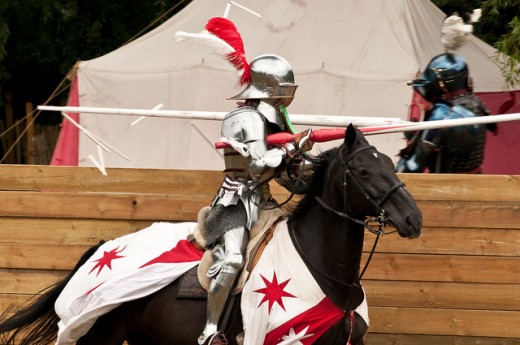
An Informative Guide To Jousting
Jousting was by far one of the favorite entertainment forms during the Middles Ages. Contests for jousting often took place during medieval tournaments that allowed knights to practice different forms of combat as a form of amusement to delight the crowds. The tournaments allowed the knights to stay in excellent condition for the roles they were expected to play during warfare. Knight of the Middle Ages were skilled with weapons, fitness and supreme strength.
Tournaments were colorful and exciting pageants that displayed different forms of combat. Jousting was a sport performed individually whereas melee was a team played tournament where teams of knights fought each other on horseback.
During the Middle Ages, there were two different types of jousting played. Joust a plaisance was a series of jousting contests that were played over several days and an overall winner of the tournament would be determined. Pas d'armes was a jousting event where a knight sent out a proclamation that he was willing to take on any jousting challenger at a designated place and time.
Medieval Jousting
Jousting Origin
Jousting can be traced to wartime from early history where equestrian skills were of the utmost importance. Gladiatorial contests that were fought in all of the arenas built across Europe became banned in 404 AD. These battles were however remembered and they changed into games that enabled soldiers to use and practice their skills in a way that did not result in injury or death of the participants.
Tournaments in the Middle Ages eventually replaced the earlier gladiatorial games played in the Roman arena with more finesse and far less bloodshed. The Chivalry Code was a very important element of jousting tournaments.
Jousting Tournaments
Jousting tournaments were major events in the Middle Ages. They were treated as training grounds for the knights to practice their skills as well as served as a form of entertainment. Tournaments were traditionally held on a field that was in close proximity of a castle. If a knight was competing in the joust he was said to be on the lists. People would watch the jousting events by either sitting alongside the tournament field or from the castle. A Berfois was a grandstand built above the field that housed noble spectators and ladies. Additionally, many pavilions were built around the jousting tournament field. These pavilions were very bright, round tents that housed surgeons and combatants of the tournaments.
Jousting Tournament
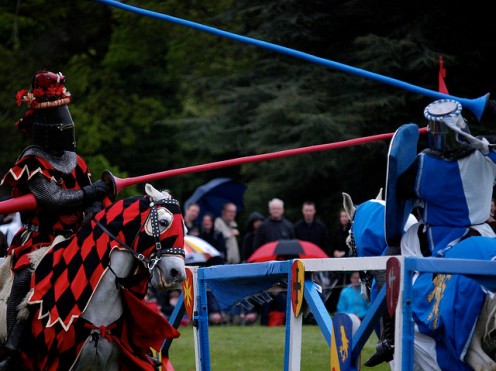
Jousting Preparation
Jousting tournaments were phenomenal events that required a lot of formal planning and preparation. Challenges had to be made from one noble to another which was called Cry the Tournament. These bans that cried for a tournament often consisted of an announcement that was sent by heralds to let nobles know that there was a jousting tournament to be held at a designated time and place. The rules of the pas d'armes were then published in advance.
The announcements were made for the jousting tournament from castles and town criers who traveled from town to town to spread the word. The announcement of a jousting tournament was greeted with great amounts of excitement and banners were hung where the knights lodged by their supporters.
The pas d'armes that was made up prior to the jousting tournament included where and when the tournament would be held. It also told who was sponsoring the tournament, what weapons were allowed and what specific combat styles were expected to be fought.
Full Metal Jousting
Types Of Jousting Tournaments
There were various jousting tournaments and ceremonies that were observed.
- Vespers Tourney – This was a tournament that was held on the night before a larger event. The Vesper's Tourney allowed for squires and young knights to demonstrate their prowess prior to the experienced knights assembling in the gallery.
- Tree Of Shields – This was the place in which colored shields were hung. Challenging knights were able to choose which combat they wished to participate in by hitting the designated shield.
- Second Day Ceremony – This included a display of the knights that fought in the tournament. The ladies also denounced any acts of un-chivalrous behavior on this day.
- Third Day Ceremony – This included the chevalier d'honneur being chosen and awards and prizes were given. Upon the end of the jousting tournament all of the combatants meet each other in the center of the field and embraced in a true companionship of chivalry. Every day of the tourney ended with music, feasting and dancing.
Jousting
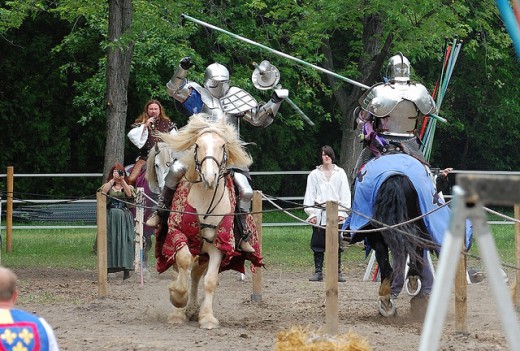
Jousting knights either represented their lord in tournaments or they were entering to just win the purse. In early tourneys, losing knights often forfeited their armor and horse upon losing. Glory and fame however, were often reason enough for a knight to enter and were the ultimate gift.
Full Metal Jousting
As of 2012 the history channel has added a new show on Jousting. The nobility may not be there in the ancestry of the people participating but it is a bloody challenge that makes knights of men.



